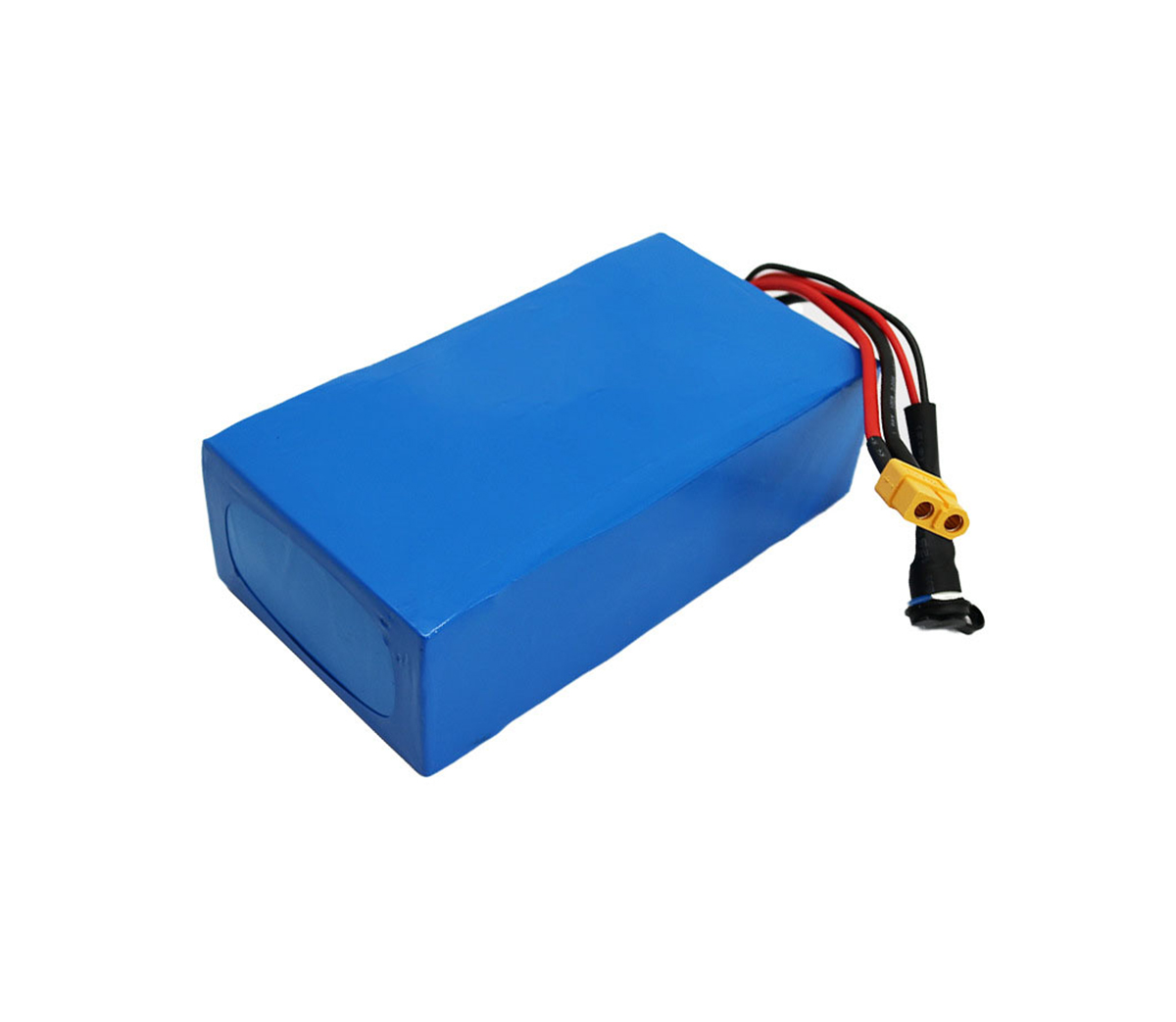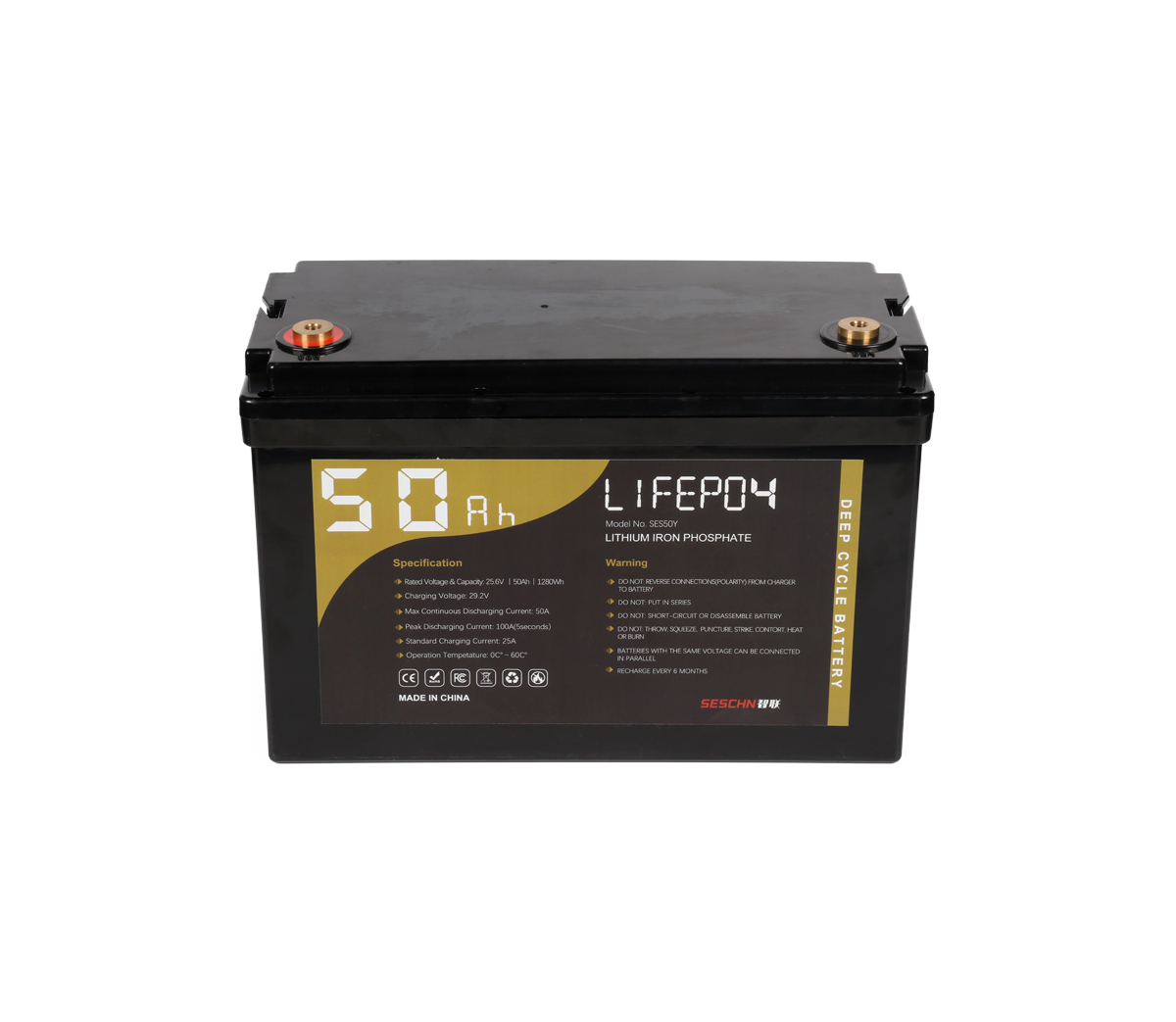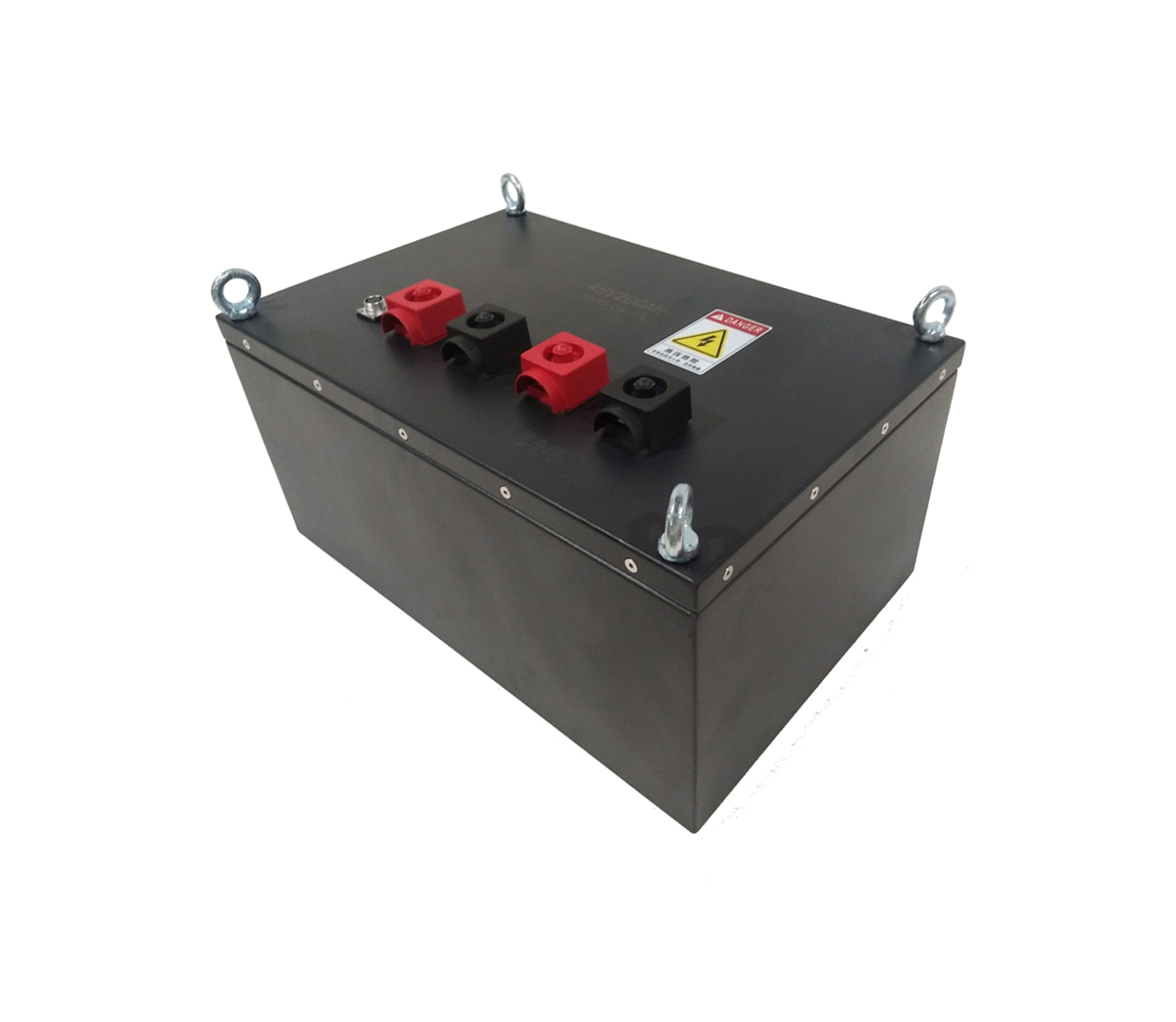Introduction of Li-ion Battery Management Chip
A brief introduction to the application of lithium-ion battery management
chips and its low-power design for readers to further understand the relevant
knowledge of this type of battery management chips.
1.1 The application and development of lithium-ion battery management chips
1.1.1 The characteristics and applications of lithium-ion batteries The
rechargeable lithium battery is only used in the commercial field for the first
time. In the 1980s, the focus of research was on rechargeable lithium-ion
batteries (Li-ionBattery), but it did not successfully solve the battery safety
problem. Until 1991, Sony realized the commercialization of lithium-ion
batteries for the first time, which was regarded as an important milestone in
the field of energy technology. As shown in Table 1.1, compared with other
secondary batteries such as Ni-Cd, lithium-ion batteries have higher energy
density (including mass specific energy and volume specific energy), higher
charge and discharge cycles, and lower discharge rate. And higher working
voltage of single cell battery (3.6V). Obviously, the high working voltage of
the lithium-ion battery will help reduce the size of mobile equipment, the high
energy density will help the weight of the battery, and the low discharge rate
can also ensure normal use during storage.
Over the past ten years, the application of lithium-ion batteries has
developed tremendously and has now become one of the main energy sources for
communication electronic products. It is widely used in high-end portable
consumer products such as notebook computers, GSM/CDMA, digital cameras,
camcorders, and PDAs. In electronic products [2]. If adapting to the notebook
computer market, reducing battery costs, and increasing capacity before 1997 are
called the first golden age of lithium-ion batteries, the popularization of
portable electronic products such as mobile phones and video cameras will enable
the lithium-ion battery industry to enter the second golden age. . For example,
in 2004, 94% of mobile phone batteries were lithium-ion batteries. With the
development of technology, the demand for lithium-ion batteries will become
increasingly strong, and it is expected to reach 1.2 billion in 2005 [3]. From
the perspective of the production and sales distribution of lithium-ion
batteries, Japan was the largest producer and sales country of lithium-ion
batteries before 2000, with a market share of more than 95%. However, with the
rapid rise of China and South Korea in recent years, Japan's unique pattern has
been gradually broken. It is expected that the global market share of
lithium-ion batteries in Japan will fall below 50% in 2005. The importance of
1.1.2 lithium-ion battery management chip In the research and development of
lithium-ion batteries, improving the safety of use has always been the focus of
research. Since the mass ratio is high and the electrolyte is mostly organic
combustibles, when the battery heat generation rate is greater than the heat
dissipation rate, safety problems may occur. Studies have pointed out that when
a lithium-ion battery is abused, it may reach a high temperature above 700°C,
which may cause the battery to smoke, catch fire or even explode; when the
over-discharge is lower than 1V, copper will precipitate on the surface of the
positive electrode, causing the inside of the battery Short circuit; in the case
of overcurrent, the internal temperature of the battery is also very easy to
rise, which will deteriorate or even damage the battery performance. Figure
1.1.1 shows the chemical reactions and performance changes inside lithium-ion
batteries under overcharge and overdischarge conditions, where M represents Co,
Al, Ni and other metal ions.
To improve the safety of lithium-ion batteries, in addition to in-depth
mechanism research, selection of appropriate electrode materials and
optimization of the overall structure, the battery must also be effectively
managed by the integrated circuit (IC) around the battery. It is reported that
in recent years, battery management (BatteryManagement) chips, both in terms of
sales and sales, are expected to grow the fastest in power management
(PowerManagement) chips. Li-ion battery management objectives include battery
voltage monitoring, charge and discharge current monitoring, temperature
monitoring, data calculation and storage. The management chip, including the
protection circuit, the fuel detection circuit, and the system capable of
carrying out battery data transmission, is called the Smart Battery System
(SBS). The structure of the SBS battery pack is shown in Figure 1.1.2. It is
protected by a temperature sensor, a current detector capable of detecting
bidirectional current, ADC, EEPROM memory, clock, status/control circuit,
single-wire interface and address with the main system, and lithium-ion battery
protection Circuit and other components. Among them, the digital quantity
converted by ADC is stored in the corresponding memory, which is connected with
the main system through a single-wire interface, and read/write access and
control of the internal memory are performed. In addition to effectively
protecting the battery, SBS can also output the remaining battery energy signal
(displayed by LCD), which will be the main goal of the development of
lithium-ion battery management chips. At present, the SBS application protocol
has developed to SBdata1.1 (data protocol) and SMbus2.0 (bus protocol). In
notebook computers such as IBM and Sony, several models have adopted SBS based
on battery protection circuits. In the ion battery management chip, because
the protection circuit can monitor the battery voltage and charge and discharge
current, it can be built into the lithium ion battery alone or used as a
secondary protection circuit in the SBS. What's more, it can It achieves the
same protection for Ni-Cd and Ni-H batteries, so it occupies a large share of
battery management chips. 1.1.3 Development status of battery management
chips At present, foreign companies such as Unitrode, Texas, Dallas, etc. have
carried out research and development on lithium-ion battery management chips.
Unlike the declining share of battery production in the global market, Japan’s
lithium-ion battery management chips, especially the design and development of
protection circuits, have always occupied a leading position in the world. The
most famous products are Seiko's S82 series, Ricoh's R54 series and MITSUMI's
MM3061 series. Among them, the S82 series of products are considered to be one
of the leaders in the design of lithium-ion battery management chips because of
their complete functions, high accuracy and low power consumption. In China, in
addition to individual units in Taiwan that have developed protection chips with
relatively simple functions, in recent years, although individual units in
mainland China have begun to study lithium-ion battery protection circuits, they
are all in their infancy, with low accuracy and no unified protection. standard.
More importantly, there is currently no circuit with independent property rights
in China. At present, in order to strike a balance between the longest battery
life and the lightest weight, more and more portable devices such as mobile
phones and video cameras use single-cell lithium-ion batteries as their main
power source. The current research on management chips for single-cell
lithium-ion batteries focuses on: ① In addition to effective management of the
battery charging process, there is also an urgent need to realize the full
protection of the charging and use process. This requires that the chip not only
has a complete protection function, but also the protection accuracy such as
battery voltage and delay time detection and control accuracy meet practical
requirements. ②The power consumption should be reduced as much as possible to
extend the service life of the power supply battery. As part of the packaged
battery, the drive of the chip always comes from the managed battery, so the
chip is required to have sufficiently low current consumption. As a
digital-analog mixed-signal circuit, some existing power optimization methods
can be used for reference, but combining application characteristics to reduce
power consumption requires more in-depth theoretical exploration. Therefore,
research on the low power consumption of battery management chips represented by
single-cell lithium-ion protection circuits, from the realization of system
functions to the low-power design of digital-analog mixed signal circuits, the
design of battery management chips and even the development of SBS Quite a
reference. 1.2 Low-power design for digital-analog mixed-signal circuits 1.2.1
Low-power design motivation for integrated circuits In the early days of
integrated circuit development to the 1980s, the power consumption problem was
not very prominent. During this period of time, due to the generally small scale
of circuit systems and the rise of CMOS technology, low power consumption has
not yet been regarded as an important factor in IC design. In 1968, G. Moore,
one of the founders of Intel, predicted that every 18 to 24 months, the
integration level of IC will double. This is the famous Moore's law. In fact,
over the past forty years, IC technology has basically followed Moore's law and
has achieved tremendous development. Integrated circuits have evolved from
small-scale integration (SSI) to very large-scale (VLSI) to the current very
large-scale integration (ULSI), that is, a chip can contain more than 100
million components. Although quantum effects and economic constraints will slow
down the growth of IC integration, it is foreseeable that the momentum of
continuous development of IC integration will not change with the adoption of
new technologies. At the same time, the complexity of the system is constantly
improving, that is, devices and circuits with different functions are integrated
on a chip to form a system integrated chip (SOC). Obviously, the increase in the
complexity and integration of integrated circuits makes low power consumption an
indispensable circuit design indicator. First of all, excessive power
consumption will make the chip easy to overheat, reduce the reliability of the
circuit, and eventually lead to failure. Studies have shown that for every 10C
increase in temperature, the failure rate of the device will double; in
addition, the ever-increasing power consumption will put forward higher
requirements for the packaging and heat dissipation of the chip, which will not
only increase the cost, but also in the miniaturization In applications, this
scheme is often not adopted. More importantly, the development of consumer
electronics and a large number of applications have promoted the research on
power consumption. The concept of low power consumption was first proposed by
industries such as electronic watches, and in miniaturized, highly integrated
consumer electronic products, in order to reduce circuit costs, improve circuit
stability, and reliability, it is more necessary to design low-power circuits ,
To ensure that when the integration level increases, the unit area maintains the
same or even lower power consumption. At the same time, because the battery
capacity has only increased by 2 to 4 times in the past thirty years, it is far
from the rapid development of VLSI technology, so in battery-powered systems,
the low-power design of integrated circuits is the most important way to extend
battery life. Effective means. In addition, portable devices tend to use fewer
batteries to reduce size and weight, which inevitably require circuits to
achieve low power consumption. Compared with ten years ago, the proportion of
consumer electronics in the electronics industry has grown rapidly from 40% to
55%. Therefore, it can be said that consumer electronics are the main driving
force for low-power design. 1.2.2 Low-power research of digital-analog
mixed-signal circuit Under the strong promotion of this technical demand and
the application demand of portable electronic products, the low-voltage and
low-power design of CMOS integrated circuits has received great attention. At
present, people's research on the power consumption of integrated circuits is
mainly concentrated in the following two aspects: One is the research on low
power consumption technology. This is mainly focused on reducing the feature
size, lowering the power supply voltage and lowering the threshold voltage.
Reducing the feature size helps to integrate complex systems on the same chip
for effective power management. But when the feature size is reduced to a
certain extent, the hot carrier effect and the soft failure of the dynamic node
will greatly affect the performance of the device, and reducing the power supply
voltage becomes a better solution to the above problems. In order to ensure that
the drive current of the low-voltage logic circuit does not decrease and the
operating frequency does not decrease, it is required to reduce the threshold
voltage while reducing the power supply voltage. However, reducing the threshold
voltage in the same proportion will increase the leakage current exponentially.
The use of multi-threshold voltage devices or the use of variable threshold
voltage technology is expected to reduce the power consumption caused by the
leakage current, and these technologies are more dependent on the manufacturing
process. The second is the study of low-power design methods. This is
currently the most active area in low-power research. In the case of process
determination, it includes low-power design methods and evaluation methods, but
mainly for digital circuits. Under the premise of ensuring the same performance
of the system, in the early stage of chip design, power consumption is analyzed
and optimized from various levels, which can not only shorten the design cycle,
but also achieve the goal of minimizing overall power consumption. From a design
perspective, low-power design methods can be divided into system level
(SystemLevel), algorithm/structure (Architecture/AlgorithmLevel), register
transfer level (RegisterTransferLevel, RTL), logic/gate level (LogIC/GateLevel),
layout level (LayoutLevel) ) These levels. Among them, the system and algorithm,
as a high-level low-power technology, has a great impact on system power
consumption. Power consumption analysis at this level will be able to predict
and optimize the system power consumption, and can achieve several orders of
magnitude power consumption reduction, so we must pay attention to
it. Effective power consumption assessment tools and methods are another
important content of low power consumption research. How to quickly and
accurately estimate circuit power consumption at different levels of design is
also a hot and difficult issue in integrated circuit design. Generally, the
power consumption assessment is divided into two categories based on random
statistics and simulation methods. The power consumption estimation method
based on random statistics, the basic idea is: first extract the circuit or
logic model according to the layout or logic description of the module, and then
simulate with the randomly generated input stream to calculate the average power
consumption. Its advantage is that it is faster and does not require internal
information of the circuit, but the power consumption estimation is not as
accurate as the simulation-based method, so it is suitable for the early stages
of the usual design. The simulation-based power consumption estimation method
is to simulate power consumption with a set of typical input vectors to obtain
the average power consumption, maximum power consumption and minimum power
consumption values. Simulation-based methods have high accuracy, but occupy a
large storage space and simulation time, so some heuristic information can be
used to accelerate convergence, such as Monte Carlo simulation methods and
genetic algorithms. Among them, the Monte Carlo method is to randomly generate
an input signal at the input of the circuit, and then use an analog method to
calculate the power consumption in a certain time interval. If the existing
circuit-level and gate-level simulation methods are used in the inner loop of
the Monte Carlo program, it will be possible to achieve a compromise between
speed and calculation accuracy. Typical power analysis software based on
simulation methods include POWERMILL, Entice-Aspen, etc. It needs to be
pointed out that most of the current low-power research is to discuss analog and
digital circuits separately. This is closely related to the characteristics of
the analog circuit itself. The analog integrated circuit is different from the
digital circuit that processes 0 or 1 signals. It mainly processes signals with
continuous changes in amplitude, time, and frequency, and has the following
characteristics: ①Diversity of circuit forms. Including data converters (such
as A/D converters, D/A converters, etc.), operational amplifiers, linear
amplifiers (low noise amplifiers, broadband amplifiers, etc.), nonlinear
amplifiers (analog multipliers, logarithmic/antilog amplifiers, etc.) ),
multiple analog switches, power supply voltage regulators (linear voltage
regulators, switching power supply controllers, etc.), smart power ICs and
various special ICs. ②Diversity of performance indicators. Including accuracy,
input range, distortion, noise, power supply voltage rejection ratio (PSRR),
gain, frequency bandwidth, input/output impedance, etc. ③Diversity of circuit
structure. Taking just one op amp as an example, there are many structures such
as two-stage, Cascode, folded (Folded) Cascode, Class A/AB amplifier,
single-ended/differential amplifier and so on. ④The variety of devices. Common
devices include transistors, diodes, resistors, capacitors, and even
inductors. Analog circuit processing signal continuity, circuit structure
form


































